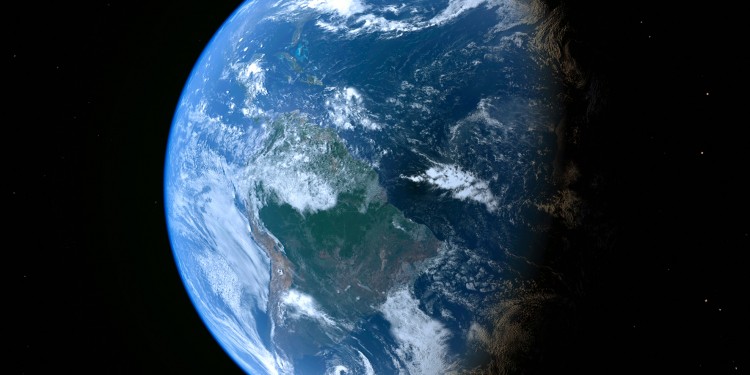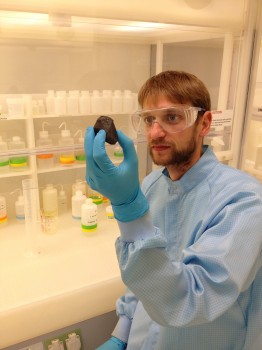
Earth contains more dust from red giant stars than primitive meteorites
All objects in our solar system are build from matter synthesized in previous generations of stars. Using high-precision isotope measurements of neodymium and samarium, scientists from Münster (Germany), Chicago and Livermore (USA) have now found that Earth contains more material from red giant stars than primitive meteorites (chondrites) located in the asteroid belt between Mars and Jupiter.
Since their formation about 4.56 billion years ago, chondritic meteorites have not been modified substantially, and so have commonly been used to constrain the isotopic and chemical composition of bulk Earth. The accurate and precise knowledge of Earth’s composition is essential for determining its differentiation history, internal structure and geodynamic evolution. The study now published in Nature shows that chondritic meteorites - contrary to current assumptions – are not representative for Earth’ isotopic composition.

This is particularly evident when looking at the interpretation of a small difference in the neodymium isotopic composition of rocks from the present-day Earth’s mantle and chondrites. Based on the assumption that the isotopic composition of bulk Earth is chondritic, this difference has until now been interpreted as resulting from the decay of 146-Samarium to 142-Neodymium. This has been taken as evidence for an extremely early global differentiation of Earth's mantle that was associated with the formation a 'hidden' enriched reservoir that either is located in the deep Earth or was lost to space during massive impacts. The existence of such a hidden reservoir, and whether or not it has been lost from Earth, would have far-reaching implications for Earth's heat budget and habitability.
However, the new study now shows that the isotopic difference between Earth's mantle and meteorites does not reflect radioactive decay and early differentiation processes, but is solely due to the higher abundance of material from red giant stars in the Earth. "With this finding, some Earth’s formation and evolution models proposed in the last years have to be revised, along with their hidden reservoirs”, concludes Christoph Burkhardt.
Original publication:
C. Burkhardt, L. E. Borg, G. A. Brennecka, Q. R. Shollenberger, N. Dauphas, T. Kleine (2016): A nucleosynthetic origin for the Earth's anomalous 142Nd composition. Nature; DOI: 10.1038/nature18956
